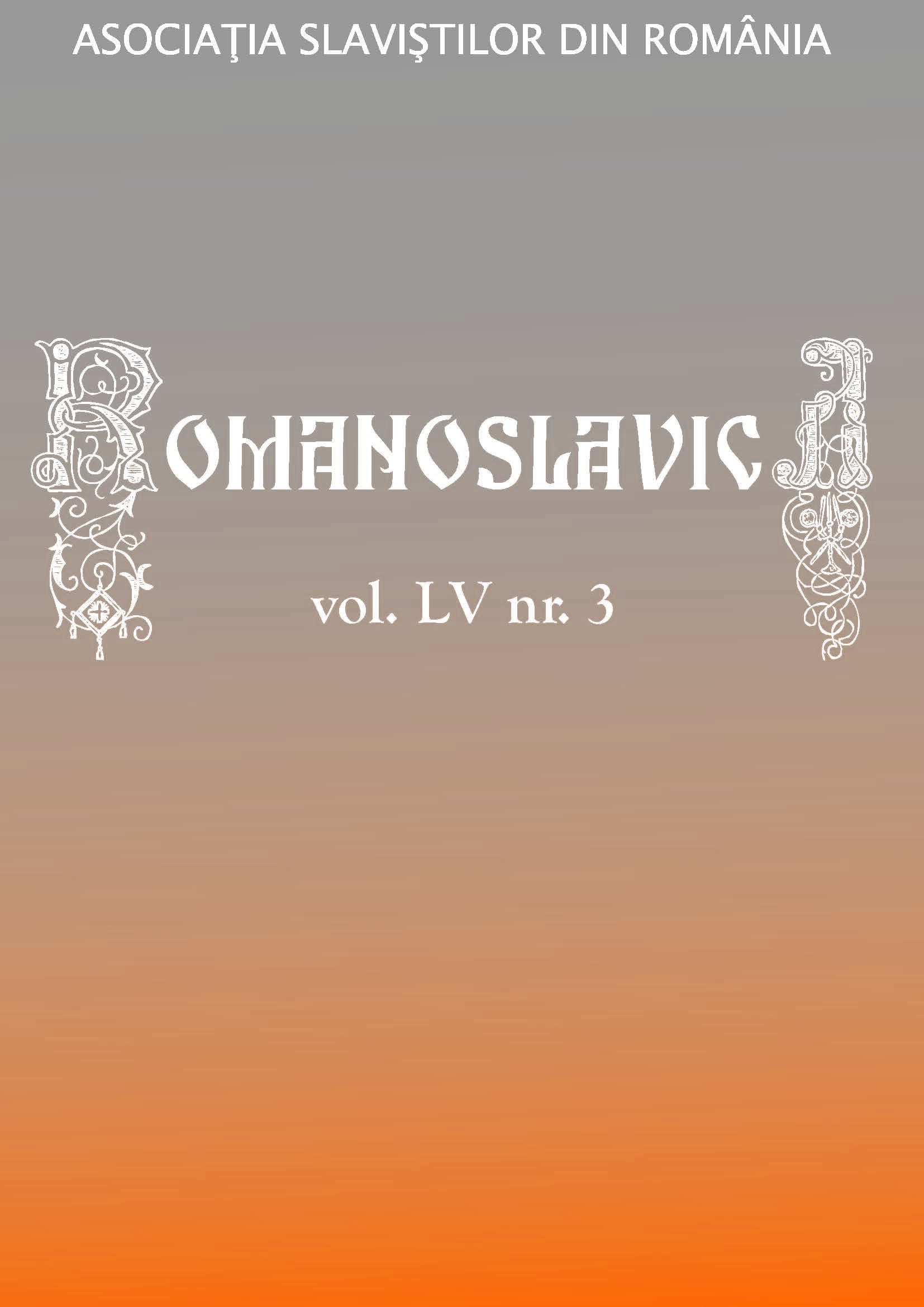Witold Truszkowski – romanista i slawista
Witold Truszkowski – a Romanist and Slavist
Author(s): Joanna Porawska, Anna TyrpaSubject(s): Language studies, Language and Literature Studies, Historical Linguistics, Comparative Linguistics, Sociolinguistics, Philology
Published by: Editura Universităţii din Bucureşti
Keywords: Polish language; Romanian language; dialectology; ethnolinguistics; sociolinguistics; Witold Truszkowski;
Summary/Abstract: Witold Truszkowski (1912–1994) was a versatile scholar interested in many different areas of science (classical and Romance philology, general linguistics, ethnography and sociology). He was a supporter of interdisciplinary research in which linguistic methods are combined with the achievements of historians, sociologists and ethnographers. He is the author of various works on Romanian toponomastics. He analysed the influence of Slavic languages on Romanian, as well as foreign borrowings in the Polish language. Such sociolinguistic approach is also reflected in his articles concerning changes in the post-war Polish language. Truszkowski’s greatest work is Słownik gwary wiejskiej Drăguş [The Lexicon of Drăguş Local Dialect] which, unfortunately, has not been published. Its typescript, which contains about 650 pages, is kept in the Archives of the Polish Academy of Arts and Sciences in Kraków. Truszkowski compared the linguistic sources from this village in the Romanian region of Transylvania with the sources from the Polish village named Ochotnica Dolna, and he used this comparison to write Studia socjolingwistyczne z dialektologii rumuńskiej. Na materiale wsi Drăguş w Siedmiogrodzie rumuńskim w konfrontacji z polską gwarą wsi Ochotnica Dolna w Gorcach (1992) [Sociolinguistic Studies in Romanian Dialectology Based on the Sources from the Drăguş Village in the Romanian Transylvania Compared with the Polish Dialect of Ochotnica Dolna in the Gorce Mountains]. Also, Truszkowski’s great achievement is the ability to combine sociolinguistic and ethnolinguistic approach with dialectology. His idea to explain the meanings of words from the Romanian dialect with semantic equivalents from the Polish dialect, taking into account that the nature of the villages were similar (they were both located in the mountains and most villagers dealt with shepherding), was very innovative. In this way, the scholar prepared the ground for a new sub-discipline: comparative dialectology.
Journal: Romanoslavica
- Issue Year: LV/2019
- Issue No: 3
- Page Range: 37-49
- Page Count: 13
- Language: Polish

